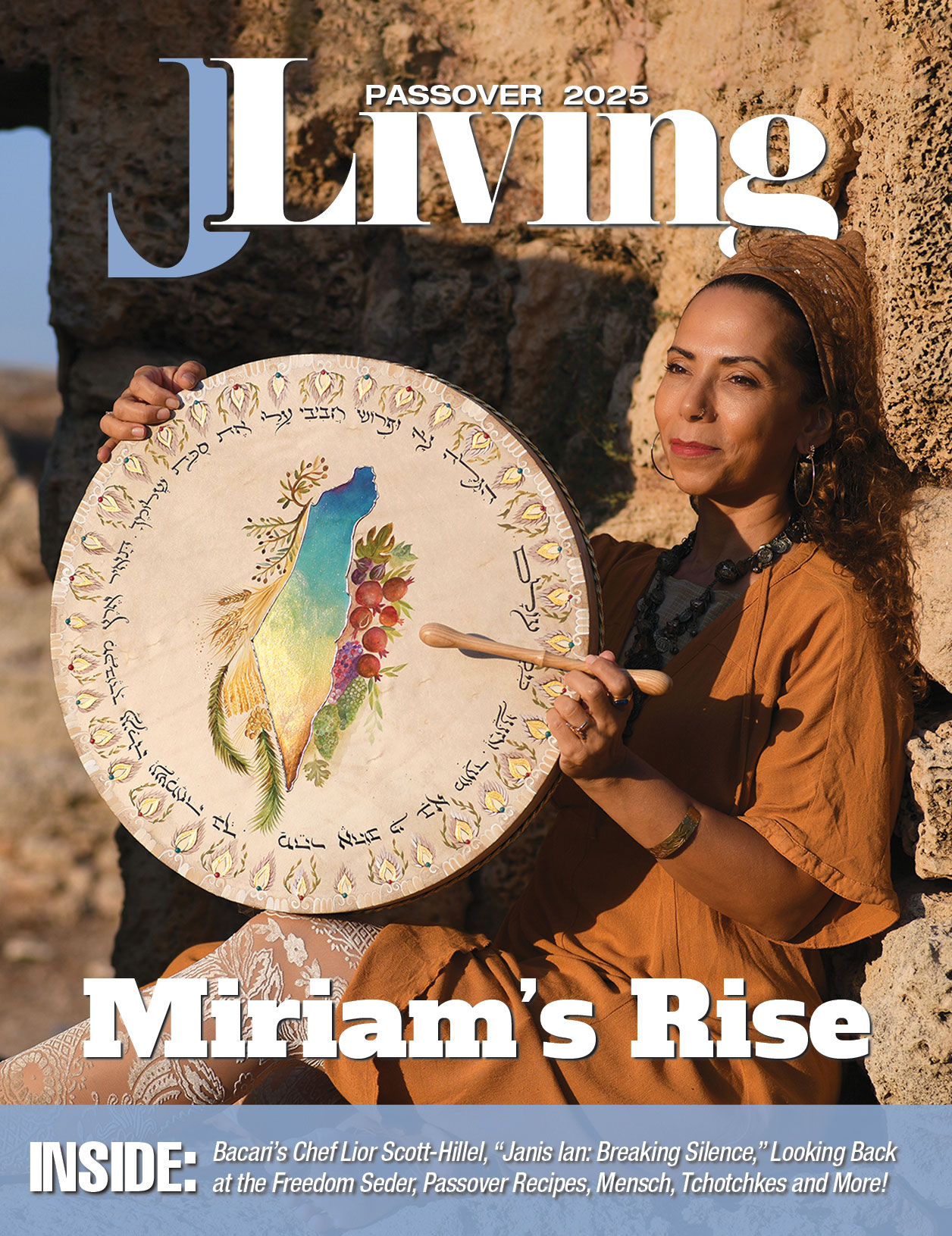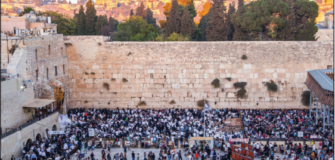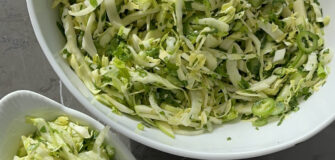ELIJAH’S STORY

Why are we Waiting for Elijah?
Just as children of the Christian faith leave milk and cookies out for Santa on Christmas Eve and carrots for the Easter Bunny, Jews across the globe will pour an extra glass of wine during the seder that will go untouched… unless a certain prophet stops by unexpectedly to usher in an age of redemption.
We are speaking, of course, of the prophet Elijah and the ceremonial fifth cup of wine that is filled during the festive meal. But who was Elijah, when and why did we start leaving fermented grape juice for him, and is he ever going to swing by your house for a drink? Let’s get the low down on the mysterious Elijah’s cup.
Who is the Prophet Elijah?
Elijah looms large in Jewish folklore, where stories of his time on Earth abound as he performs miracles and shares the gifts of healing, both spiritual and physical. We first meet Elijah in the Old Testament, in chapters 17 and 18 of the first book of Kings, but tales of his encounters with various rabbis through the years are found frequently throughout the Talmud.
He is known to be zealous in his passion for God and was famed for working to prevent the Israelites from going astray from their faith in him. He is also unique among all the prophets as the only one whose time in this world does not end in death. Instead, the Bible tells us that he leaves earth suddenly on a fiery chariot with fiery horses that goes upwards to heaven in a whirlwind.
In this way, Elijah is bestowed with the prophesied role of a messiah. The prophet Malachi tells us that Elijah was made immortal so that when the ‘end of days’ arrives, he will return to us with a message of hope that inspires us to return to God and avoid destruction.
It’s a big responsibility. No wonder he needs a drink!

The Fifth Cup
It might make sense to welcome the Messiah with hospitality and a glass of wine, but like most traditions, that’s not exactly how it all began. Elijah’s cup has an evolution of its own.
Long ago, in the second century, there was a disagreement among the sages as they tried to establish a set of rituals for the Passover seder. Specifically, the argument was whether we would drink four cups of wine (minus ten drops for the plagues)… or five.
Like everything else we set on the table each cup of wine is symbolic of something. In this case, they correspond to four promises that God made to Moses in Exodus chapter six:
I will free you…
I will deliver you…
I will redeem you…
I will take you to be My people.
One more verse goes by, and then a fifth promise (I will bring you into the land…) is written. So each of the four cups represents the joy we take in the benevolence God has shown us, but the rabbis could not agree on the later line of text. Was it a fifth promise connected to the previous four and deserving of another round of drinks? Or was it a separate promise that did not necessitate raising another glass?
What were the rabbis to do?
It came down to a teku. Teku is an Aramaic word that roughly translates to ‘let it stand.’ In matters of debate like this, the word notates that a final agreement could not be reached. Whether four or five cups of wine should be enjoyed was left as teku, but the Haggadah still needed to be written. If you’ve been to a seder, you already know that only four cups were written in to be poured during the seder. But it seems they decided to ‘split the difference’ to be safe, and an additional symbolic cup was called for.
So how did it become known as Elijah’s Cup?
Jewish folklore tells us that upon his return, Elijah the Messiah will answer all the unresolved questions of faith – all the debates have been deemed teku. Therefore, when Elijah arrives at our door with messages of hope and redemption, he can also clarify once and for all whether there should be four cups of wine or five.
A New Ceremonial Beverage?
In the late 20th century, a new Passover tradition was initiated, and it has since spread to many Jewish households. Once again, there is another cup to fill and place on the table.
Though her name does not appear anywhere in the traditional Haggadah, Miriam, Moses’ sister, (and prophet in her own right) is central to the story of our Exodus from Egypt. She is associated with water – placing baby Moses in the river in a basket of reeds to save his life, her trek across the Red Sea, and a miraculous well that followed her to provide water to the Israelites as they wandered the desert for 40 years. It is even said that the well dried up upon her death.
Therefore, the new tradition for Miriam’s Cup is to fill it with water instead of wine. Beyond that, each seder host can accommodate the cup and celebrate Miriam in any way they see fit. In some families, each guest will pour a small amount of water from their own cup into Miriam’s; in others, the cup may be passed around for guests to pour a drop from this symbolic well into their glasses.
The timing can also vary, but a logical place would be before the singing of Dayenu, which details the journey of the Israelites from Egypt to the land of Israel, in which she played a significant role.
Room For Two
As we consider all of our Passover traditions, this year pay a little extra attention to Elijah’s Cup and all that it represents –the many unanswered teku questions, his fierce loyalty to God, and his message of redemption. And if you choose to include a glass for Miriam, what will you say of this woman who was so pivotal in the Exodus? Where would we be today if not for her bravery?





























